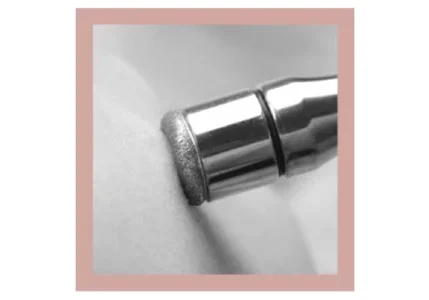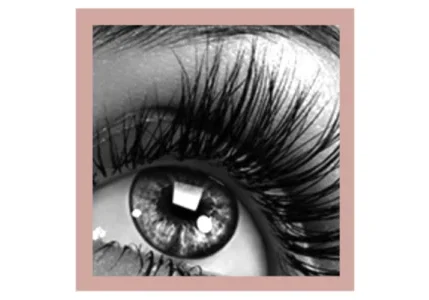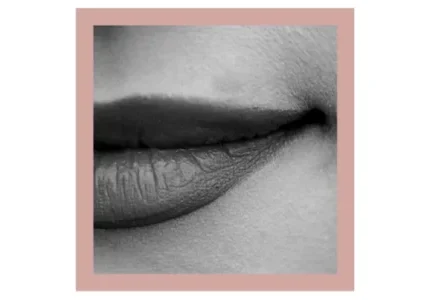Is Dermaplaning just shaving?

The idea that constant shaving leads to roughening of the skin and hair growing in thicker is a common myth refuted by doctors. Moreover, cosmetologists claim the exact opposite is true: the secret to soft skin is shaving. Men, while shaving, actually do their own manual face exfoliation. Of course, you shouldn’t just grab your guy’s razor and start shaving every day.
Dermaplaning is done by an esthetician and is an effective method of exfoliating the skin that gives similar results as microdermabrasion or surface chemical peeling while being easier and safer on the skin. At the same time, dermaplaning removes facial hair.
Dermaplaning Exfoliation
The method of dermaplaning is quite gentle, and it does not cause inflammation or imbalance of the pH balance of the skin, as is the case with microdermabrasion or chemical peeling. No one ever leaves a dermaplaning procedure with a red face.
During dermaplaning, the esthetician gently pulls the skin and "strokes" it with a surgical blade.
The blade removes a layer of dead skin, which is also a preparatory procedure for treating the skin with nourishing products. The stratum corneum (upper most layer of skin) is removed and this allows the active ingredients to better penetrate the skin.
In addition, the blade allows you to eliminate so-called "peach-fuzz" on the face, which most women have. As a result, the skin becomes perfectly smooth and foundation and powders do not cling to small hairs.
Dermaplaning Procedure
A sterile blade is used to gently stroke your skin. On average, the procedure lasts about thirty minutes, and for best results it should be repeated several times. The feeling experienced during the procedure is a soft scratching sensation. When the treatment is performed correctly, only the upper layer of the epidermis consisting of dead cells is removed, so there is no pain.
The procedure has the following positive effects:
- Removes dark hairs
- Make-up goes on smoother
- Removes dead skin cells
- Care products become more effective, as dermaplaning removes the barrier from the stratum corneum
- It is a painless alternative to a wax.
Attention!
The procedure is not suitable if you have rashes, acne, have active skin care agents on, have extremely sensitive skin, you easily react to temperature changes, or have been or will be exposed to strong sun.
VISIT ANNAZUR ORGANIC SPA
Dermaplaning facial hair removal
Many women are often worried that after such treatment, thier peach fuzz hairs will not only grow again, but will turn into thick uncontrollable black hairs. This is not the case and is actually an old wives tale! Superficial fluffy hair will grow back exactly at the same speed and texture as before the procedure.
Peach fuzz, or thin translucent hairs, are usually found on women on their face, back or chest. In contrast to thick hair, peach fuzz after processing grows at the same thickness and length as before, only with a blunt tip. The whole process or hair regrowth can take about fourteen days to one month after the procedure.
If you shave your face will it come back thicker?
This is a widespread misconception. Many compare shaving and dermaplaning but in reality dermaplaning uses a very sharp scalpel blade that differs from typical razors. Men's blades are designed to shave thick hair and are much coarser than dermaplaning blades. If you compare them, it would be like comparing a lumberjack's ax to a samurai sword. The hairs are cut very delicately, so the appearance of bristles after dermaplaning is eliminated.
In addition, preparation for dermaplaning includes a facial cleansing and a number of other important steps to avoid the spread of inflammation and other skin problems.
In general, dermaplaning is a simple and safe exfoliation method, which not only allows you to get rid of dead surface cells, but also helps rid your skin of fine vellus hairs on the cheeks or over the upper lip.
How often should you dermaplane?
The optimal frequency of dermaplaning is around once a month. Ingrowing of hairs also practically does not occur with dermaplaning. This is a simple and safe method that removes dead skin cells of the epidermis and relieves the face of fine vellus hair, which accumulates dirt.
In salons, the procedure is often used to combat superficial wrinkles, scars after acne and to improve the texture of the skin. Dermaplaning is a good alternative to microdermabrasion, which improves the appearance of the skin with deep scars.







